A nail fungal infection is a common type of infection that can lead to white or yellow discoloration of nails of hands and toes, brittleness, thickening of the nail, and separation of the nail from the nail bed. It is also recognized by the name “onychomycosis” and “tinea unguium”, which looks like an athlete\’s foot. It invades the nails of your toes and hands instead of affecting the skin between your toes or the bottom of your feet.

Fungi are tiny microbes that can be seen under the compound or light microscope. There are many different types of fungi like dermatophytes and fusarium that can lead to infection in different areas of the body like nail infection, mouth infection, vaginal infection, or skin infection (Athlete’s foot), but most of the types of fungus usually cause the nail infection. Sometimes they live on the skin without harming it. But if you have a large colony of microbes like fungi in the area then you might get infected by them.
Risks Of Developing Fungal Nail Infections
There are different causes of fungal nail infections very deadly or sometimes less severe. Several risk factors may enhance the possibility of developing fungal infections. You may become susceptible to fungal infection if you have any of the following:
- Have Diabetes mellitus
- Facing a disease that leads to poor blood circulation in your body
- Age factor (over age 65)
- Cosmetic defects ( artificial nails)
- Have a nail injury
- To use the public swimming pool
- Skin injury around the nail
- Moisturization of toes and hands for a longer period
- Weak immune system
- Wearing boots or joggers for an extended period (i.e. fungal infection in Athlete’s foot)
Men are more susceptible to fungal nail infections as compared to women. Similarly, infections are most likely found in adults than children. It is well known that if you have any person around who often gets these fungal infections then you become susceptible to getting these types of infections.
Types Of Fungal Nail Infections
There are the following types of fungal nail infections which looks slightly different from each other:
Lateral or distal subungual onychomycosis:

This is the most common type of fungal nail infection which is mostly caused by the fungus known as dermatophyte. This fungus can cause nail infections in your fingernails or toenails. Etiologically it spreads from the nail bed, underneath the nail. A yellowish or white-colored area spread from sides or corners of the nails towards the central area of the nail, at this place it apart from the bed of the nail.
White superficial onychomycosis:
This is more uncommon and just influences the nail surface, for the most part on your toenails. It begins as white spots, which become fine and cause the nail to disintegrate.
Proximal subungual onychomycosis:
This shows up initially as white spots in the focal point of the nail bed at the fingernail skin. They move outward as the finger or toenail develops. It\’s uncommon and normally influences individuals who have insusceptible framework issues, similar to HIV disease.
Candidal onychomycosis:
Yeast causes this disease that normally influences your fingernails. The territory around the nails is regularly swollen and aroused, and the nails may fall off altogether. It will in general happen to nails that have been harmed by a physical issue or some other contamination.
Total dystrophic onychomycosis:
Complete dystrophic onychomycosis is utilized to portray end-stage nail infection, although a few clinicians think of it as an unmistakable subtype. It could be the final product of any of the four fundamental examples of onychomycosis. The whole nail unit turns out to be thick and dystrophic.
Causes Of Fungal Nail Infection:
To wash your hands and feet often is a smart thought. Use a cleanser, and ensure you get between your fingers and toes. Keep your fingernails and toenails short and managed straight across. Wear stores that wick (assimilate) dampness. If your feet sweat a great deal, change your socks more than once per day, or remove your shoes and let your feet cool whenever you get the opportunity. Utilize antifungal powder or shower on your feet. Discard old sets of shut-toe shoes since fungal and other infectious agents may be living in them.
On the off chance that you get nail trims at nail salons, visit just the ones that clean devices after every customer. You can likewise bring your cutters and trimmers from home. Ask that your fingernail skin not be cut, since this can cause small breaks in the skin that let germs in. Try not to share towels to avoid contamination if another person in your family has nail growth.
See your physician if you doubt that you have a nail organism. You may require a solution to treat it, regardless of whether that implies taking a medication by mouth or utilizing an extraordinary cream. In extreme cases, maybe your nail ought to be taken out so a solid new one can fill in its place. Specialists can likewise utilize lasers to treat nail growth. You get contamination when a break in your nail or the skin around it permits growth to get inside and develop. Since growth flourishes in dull, warm places, your toenails are bound to be influenced than your fingernails. Your toes additionally have less bloodstream than your fingers, which makes it harder for your body to get on and forestall disease.
You have more chances to get a fungal infection if any of the following conditions persist:
- Age: If you are an adult man then you are at maximum risk to develop nail fungus since as you get aged, nails become more brittle, hard, and seem to be cracked.
- Weakened immunity: If you have weak immunity then your body can not fight these microbes efficiently.
- Underlying diseases: If you are suffering from underlying health problems like diabetes mellitus, then you are most susceptible to develop nail fungus.
- Close shoes and joggers: If you are wearing sweaty and hot shoes like tennis shoes and gym joggers then sweat develops triggering the persistence of nail infections.
- Public swimming pools and gyms: If you are doing exercise in a gym barefooted, or getting through public swimming pools and locked rooms. These are the places where fungal infection occurs more rapidly and frequently.
- Contagiousness: If you are living with a buddy who is already suffering from a fungal infection, then you can easily get infected.
- Athlete’s foot: The fungus which causes the athlete\’s foot can infect your nails too.
- Preceding surgery: If you have passed through nail or hand surgery, the least care or weak immune system may play a role to cause the fungal infection due to infectious and contaminated equipment.
- Plastic gloves: Wearing plastic gloves while working in laboratories that hold your hands wet for a longer period makes you prone to develop fungal infections.
Symptoms Of Fungal Nail Infection:
Symptoms of nail fungus differ according to the type, severity, and cause of fungal nail infections. Usually, these symptoms start milder and grow more serious. The most common signs and symptoms of fungal nail infections are:
- White or yellow spotting: Initially a white or yellow spot may occur under your nail. Over time, the spot may spread and turn the whole nail to green, yellow, white, or black color.
- Hard and thickened nail: The nails become hard and thickened which makes them hard to be trimmed.
- Curled-up nails: The nails may start to loosen from the nail bed or curl up or down being fragile.
- Foul-smelling: The nails may give foul or bad offense due to fungal infestation.
- Misshapen: The nail may misshapen.
Initially, the nails don’t have any pain or feeling of uneasiness but if you leave them untreated then it may apply pressure on the area. If the infection becomes worse, then it may become hard to walk even.
Strategies For Treatment Of Nail Fungus:
The nail fungus once gotten don’t go away themselves rather the patient suffers a lot to combat the negative effects of fungal infections and still, it becomes impossible to get rid of them. Several types of treatment procedures and essential oils that are helpful to relieve fungal infections, over-the-counter drugs for toenail fungus, DIYs as well as medical treatments are available to treat the symptoms of nail fungus and to reduce its severity. These treatment methodologies soothe the affected area and target the side effects of toenail fungi.
Over-The-Counter Drugs Available For Toenail Fungus:
Oral antifungals prescribed for toenail fungus are used to treat fungal infections. Examples are terbinafine, fluconazole which is traditionally used to treat toenail fungus. Although these treatments are often effective but serious side effects may occur as dizziness, upset stomach, skin problems, and jaundice.
These drugs commonly become the first line of choice among all the medications since they clear the infection earlier than topical applications and drugs. These drugs help the body to get the new nail to grow free of infection by slowly replacing the infected part.
This type of medication may be taken for six to twelve weeks depending upon the severity of the disease. But the result doesn\’t come that visible until the nail grows back completely. Sometimes it takes more than four months to eliminate an infection.
Doctors take special precautions to prescribe drugs for such patients who have underlying liver disease history or any skin problem to not to allow more damage.
Medicated nail polish: A cosmetic product as antifungal nail polish called ciclopirox may be prescribed by the doctor. It may be painted on your infected nails and surrounding skin once a day. You may wipe the piled-on layers clean with alcohol after seven to ten days and begin the fresh application as required. Such a nail polish may be used for more than a year almost daily.
Medicated nail cream: An antifungal cream may be prescribed by your doctor which may be rubbed into your infected nails after soaking. These creams work better if you initially thin the nails before applying the cream. It may help the medication get through the hard nail surface to the underlying fungus. Thinning of the nails may be done by applying a nonprescription lotion containing urea or the nail surface may be debrided with any tool like a filer.
Surgery: Surgery may be performed if prescribed by your doctor to remove your nail temporarily so that he or she may apply the antifungal drug directly to the infection under the nail. Some fungal infections are quite hard to remove and they hardly respond to medications. In such cases, a permanent nail removing strategy may be adapted by your physician which may be quite painful.
Essential Oils For Treatment Of Toenails:
Other than common over-the-counter creams, ointments, and medicines some people prefer to use herbal and essential oils to give soothing relief to symptoms of nail fungus.
Vicks vaporub and some other essential oils and products used for natural treatment of toenail fungus are as follows:
- Vicks vaporub: It is a topical ointment. Camphor and eucalyptus oil are the active ingredients of Vicks vaporub. Although initially designed for cough suppression, it is used to treat toenail fungus. It has proven positive clinical effects on toenail fungus. A small amount of Vicks vaporub may be applied on the affected area at least once a day.
- Ageratina pichinchensis (snakeroot): The extract of snakeroot known as Ageratina pichinchensis is an antifungal made from plants in the sunflower family. Ciclopirox is an antifungal medicine that is effective against toenail fungus. It may be applied to the affected area every third day of the month, twice a week for the second month, and once a week for the third month to eradicate the symptoms of nail fungus.
- Melaleuca (tea tree oil): An effective essential oil for toenail fungus is melaleuca or tea tree oil. It has antifungal and antiseptic abilities. Tea tree oil may be painted directly onto the affected nail twice a day with a cotton swab.
- Oregano essential oil: The famous essential oil used for antifungal and antibacterial properties is the oregano oil containing thymol. Oregano oil may be applied twice daily on the affected area with a cotton swab. Oregano oil and tea tree oil may be used together sometimes. Rather sometimes this combination may not be preferable due to allergic reaction by these.
- Olive essential oil: Oleuropein is the active ingredient in olive essential oil with potent antimicrobial, antifungal, and immune-boosting abilities. Olive leaf slave can be applied directly to nail fungus or maybe ingested in capsule form for treatment. An oral medication dose of two to three olive leaf capsules is more effective to treat nail fungus than olive leaf salve. Plenty of water must be taken in to treat nail fungus.
- Ozonized essential oil: The ozonized oil is just like olive oil or sunflower oil that are injected with ozone gas. Ozone exposure in such a low concentration and for a short duration may inactivate certain organisms like bacteria, yeast, and fungi. The ozonized oil may be applied to the affected nail twice a day to obtain the desired results.
DIY Treatment Strategies To Treat Toenail Fungus:
- Vinegar oil: Vinegar is a safe home remedy to treat fungal infections. The affected foot may be soaked in one part vinegar to two parts warm water for up to twenty to thirty minutes to get rid of fungal infections.
- Listerine mouthwash: The active ingredients of Listerine mouthwash as thymol, menthol, eucalyptus have antifungal and antibacterial properties. It is commonly known as a folk medicine for toenail fungus. The affected foot may be soaked in a basin of amber-colored Listerine for thirty to forty minutes daily.
- Garlic essential oil: Garlic may have some antifungal and antimicrobial capabilities. Toenail fungus may be treated with garlic by placing crushed or chopped garlic cloves on the affected area for thirty minutes almost daily.
- Healthier diet: The healthier you eat, the less you face the issues of health. Your body gains immunity to fight against certain malefic health conditions and infections as toenail fungus etc. You must take probiotic-rich yogurt daily and enough protein to support nail regrowth. The body must get a balanced diet to get enough iron to prevent nail brittles and a diet rich in essential fatty acids, as well as calcium and vitamin D and low-fat dairy products to create balanced nutrition for the body.
- Hydrogen peroxide: You can wipe the hydrogen peroxide on your infected toenails and fungal area with a clean cloth or cotton swab as it may kill the bacteria. Hydrogen peroxide may be used in a foot soak. Mix four cups of cool water and one-third cup of hydrogen peroxide and let feet soaked in it for twenty to thirty minutes. Rinse feet with warm water and let them dry.
- Black tea: Black tea can be quite beneficial to treat toenail infections by soaking feet in plain tea. The components of tea, the tannic acid dries out the feet and helps to kill the bacteria closing the pores of feet to reduce sweating. Two quarts of water and fic=ve to six teabags boiled together may be allowed to get cool and feet be soaked in it for thirty to forty minutes. The procedure can be done daily too.
- Apple cider vinegar: Apple cider vinegar may be an important DIY strategy to treat toenail fungus since vinegar is an antifungal that can be mixed with water to create a foot soak. The acetic acid present in the vinegar may help to whiten the skin of discolored toenails and may stop the spread of infection to other toes. Two parts of vinegar mixed to one part of water may be prepared to soak feet in ti for twenty to thirty minutes daily. The ratio can be changed to make it more potent if the smell is too overwhelming. Essential oils can be added to it to make the experience more pleasant. White vinegar may be used as an alternative as both are equally effective to treat toenail fungus.
- Baking soda: Baking soda may be applied directly or you can make a paste of baking soda with a minimal amount of water and maybe applied directly on foot. The paste may be made to sit on the affected area for ten to twenty minutes then may be rinsed with water and let it be dried thoroughly. It can be sprinkled like a powder on the foot or maybe put in shoes. If applied to the dry foot, it may wick away the moisture while healing properties may reduce the toenail fungus.
- Epsom salt: Magnesium sulfate or Epsom salt can be beneficial to relieve foot fungus. One cup of Epsom salt may be mixed into two-quarters of water and soak feet in it for ten to twenty minutes. You can prepare a mixture of four cups of warm to hot water with half cup Epsom salt, half cup baking soda, half cup hydrogen peroxide, and half cup vinegar to be mixed thoroughly and then soak your feet in it for fifteen to twenty minutes.
Application Strategies To Apply Essential Oils For Toenail Fungus:
Essential oils must be diluted in a carrier oil that may reduce the irritation and make a compliant application to be absorbed in the skin to a deeper level. Some of the carrier oils used for this purpose are almond oil, apricot kernel oil, argan oil, black seed oil, coconut oil, jojoba oil, grapeseed oil, peach kernel oil, rosehip oil, etc. Once you have found the carrier oil, then follow few steps to apply the oil:
- First of all clean your feet, toes, and toenails with soap and water.
- Then dry thoroughly with a soft towel by soft rubbing.
- Then apply a drop or two of the oil blend onto the affected nail.
- Let the oil blend be there for about ten to fifteen minutes.
- At the end scrub the nail with a soft toothbrush.
- Repeat the procedure daily until the infected nail has been replaced with a new healthy one.
- It may take more than months to completely cure the infected area.
Diagnosis Of Toenail Fungus:
Toenail fungus may initially look nothing and over time, you may notice some severity in the symptoms. A visit to your physician may become a necessity. Your doctor or physician may examine your nails properly. The doctor may take your nail clippings to sort out the real causative bacteria or scrape debris from under your nail and send the sample to a lab to identify the type of fungus causing the infection.
Psoriasis or some other conditions sometimes mimic a fungal infection of the nails. Microorganisms such as yeast or bacteria may cause the infection of nails. By assessing the cause of the infection taking into account all the background and lifestyle habits as well as medical history makes it easy for the doctor to prescribe the medicine.
What Questions You Might Expect To Be Answered By Your Physician?:
You may get an appointment by your physician and may prepare yourself to get it diagnosed and get a certain strategy to get rid of this infection. For toenail fungus your list of questions may include:
- What are the possible reason/s for my condition or symptoms?
- What else might be the reason or cause of the current condition or symptoms?
- What type of tests would be done to assess?
- What is the best preferable course of action to be adapted?
- What are the alternatives to any current approach?
- Any underlying disease which you only know, so how to manage them together with this new strategy?
- Any other generic alternative than the prescribed one?
- Any brochures or printed material that you can take home from the doctor to get a good overview of your situation?
- Any internet or website option recommended by a doctor to have a look at your symptoms and its strategic treatment options?
The Dangers Of Ignoring Toenail Infections:
Like cancer and diabetes, the toenail fungal infections are pretty insignificant which may initially appear as a yellow nail. Onychomycosis or toenail infection usually is painless so many people take it lightly since otherwise, they are quite healthy. But ignoring such conditions may prove to be quite dangerous due to later complications being developed with time. Some of the dangers may be:
Foot pain: Initially ignored fungus of the toenail may give its alarming reactions slowly as foot pain like a nail infected with fungus may thicken and misshapen. It may make it difficult to walk or while wearing shoes make quite an unbearable situation. You may have tried all the pain killers and massage techniques to get rid of the pain but as the root cause is something else, it may get severe only with time rather than being eradicated.
Spread of the fungus: Left untreated, sometimes a dangerous situation may prevail including the spread of infection from its original place to the surrounding area and sometimes far away too. It may result in an athlete\’s foot, whereby itchy cracked and red skin may appear on feet. If you wear shoes and socks all day then one of your toenails can easily get infected with the continuous damp and wet atmosphere surrounding the skin of your fingers. The fungus may spread to the genitals where it may become jock itch affecting men and women both since it is the next most vulnerable area for fungal infections.
Widespread infection: Diabetic and people with other underlying complications of health weaken their immune systems making them more prone to prolonged fungal infections. If the toenail fungus spreads to the skin, then bacteria can get in easily to cause widespread damage. Cellulitis is a skin condition that is a worse scenario of spread fungal infection in which the skin becomes red, swollen, and tender. The infection can enter the bloodstream too and can prove to be deadly by the systemic attack.
Loss of nails: Onycholysis, toenails may get separated from the nail bed by getting infected with skin. The loose portion of the nail will have to be removed, even if it doesn’t get loose, you may have to get it removed if the fungus doesn’t vanish with traditional treatment methods. An avulsion is a procedural treatment used to remove the entire nail. Matrixectomy is sometimes necessary to remove the infected nail completely to get rid of fungus either surgically or chemically to destroy the center at the base of the nail.
Avoiding Reinfection Of Toenail Fungus:
Toenail fungus may underlie many biological disturbances including diabetes, hypertension, or any other disease that may reduce your body\’s immunity and make you more susceptible to infection by any bacteria. Along with following the hygienic conditions and amicable safety measures, there are several ways we can adapt to our lifestyle to avoid the occurrence of toenail fungus. These include:
- Keep hygienic: Wash your feet regularly. Especially after finishing exercise or any sweat-producing game, take off your shoes, socks and wash your feet to keep them hygienic.
- Dry thoroughly: Don’t leave your feet wet for long either with perspiration or with water, just dry them thoroughly to avoid moisturizing and thus avoid fungal growth that is always more likely to grow in damp and moist surroundings.
- Moisturizer: Void dehydration by applying moisturizer on nails after washing and drying.
- Disinfect the nail clippers: Always disinfect the nail clipper after each use to avoid any germs or fungal or bacterial growth to infect or reinfect your feet.
- Avoid cosmetic applications: Try to cut down the nail polishes and nail shiners since they cover the upper layer of skin making them unable to absorb oxygen for long. With the inability of oxygen to reach the nail skin, the nail becomes deficient in oxygen and thus makes it prone to any microbial infection.
- Breathable shoe material: The material of the shoes must be chosen with care. Must prefer breathable material for shoes or try to wear open shoes with nails having full access to the outer atmosphere to get breathe and oxygen properly.
- Antifungal powder: Keep old shoes properly covered and in a damp-free area. Spray old shoes with an antifungal ingredient or use an antifungal powder to treat old shoes.
- Dressing material: Try to wear flip-flops or slides in locker rooms and pool areas.
- Material of socks: If it’s necessary to use socks due to weather conditions, then always use natural fiber like cotton or hosiery fiber that is sweat-absorbable rather than polyester or any other fiber to avoid dampness.
- Change your dressing usually: Try to keep separate dressing for outside and within the home. Consider changing your socks once or sometimes twice a day to keep hygienic and safe.
- Weekly maintenance: Must prepare your nails by clipping and filing them once a week for regular maintenance. Clipping toenails may help to relieve pressure on the nails and may help anti-fungal solutions penetrate the nail deeply. Use traditional toenail clippers and Emory board to keep nails short and thin. Disinfect utensils after each use to keep hygienic. Maintain trimmed, clean, and dry nails to treat toenail infections and prevent reinfection.


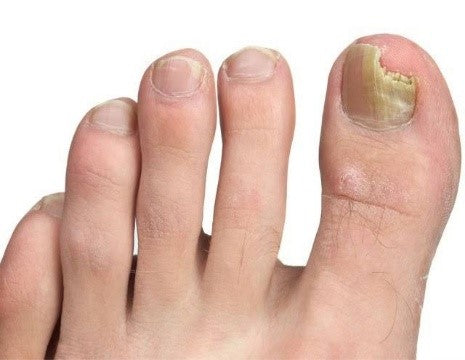







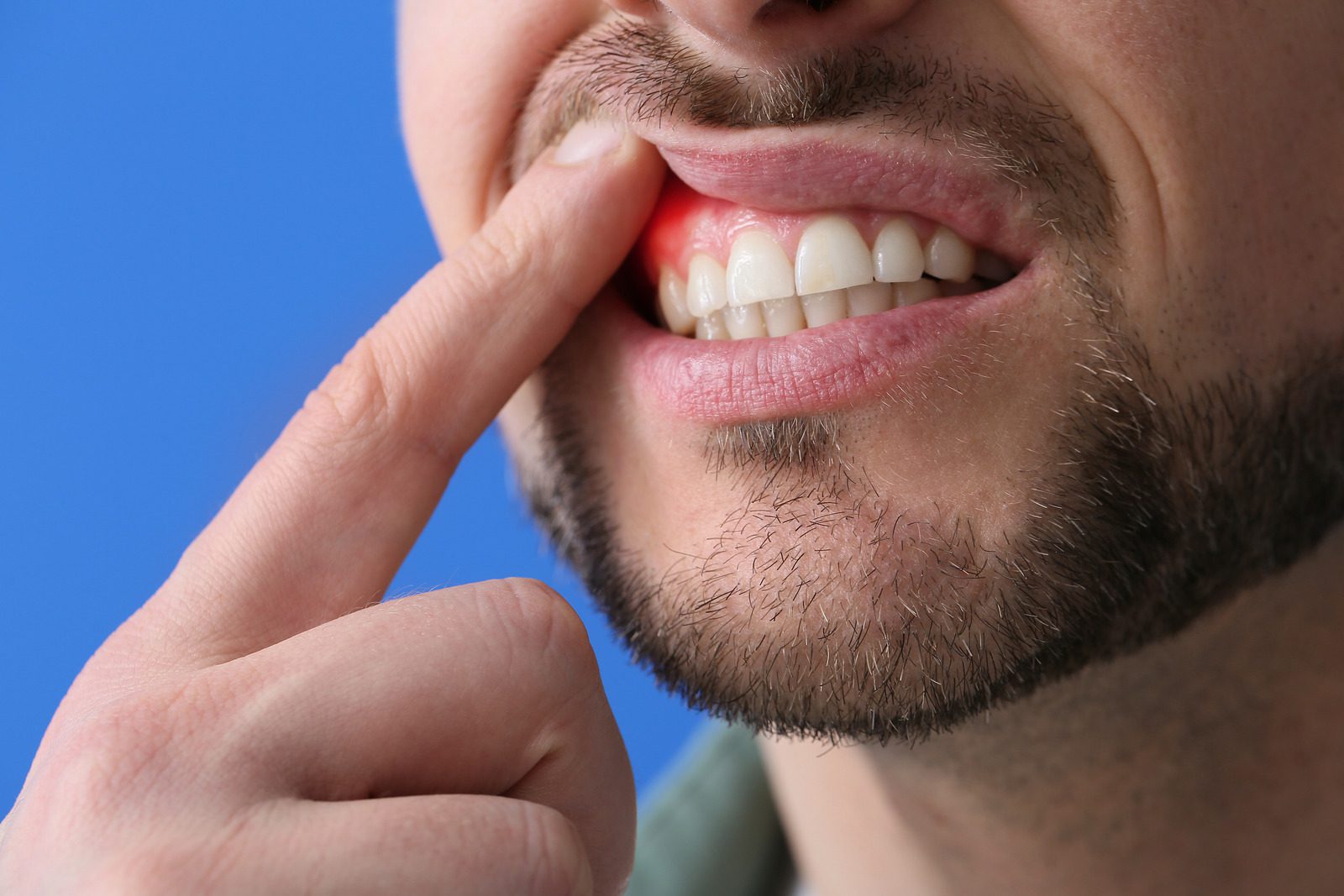
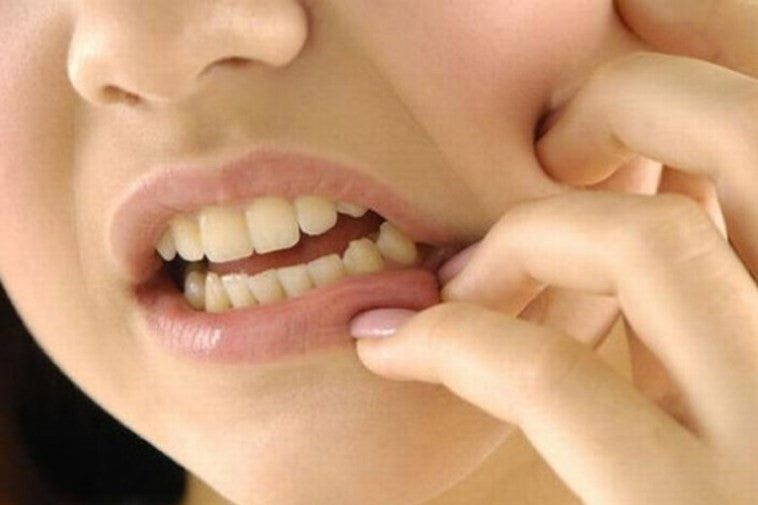
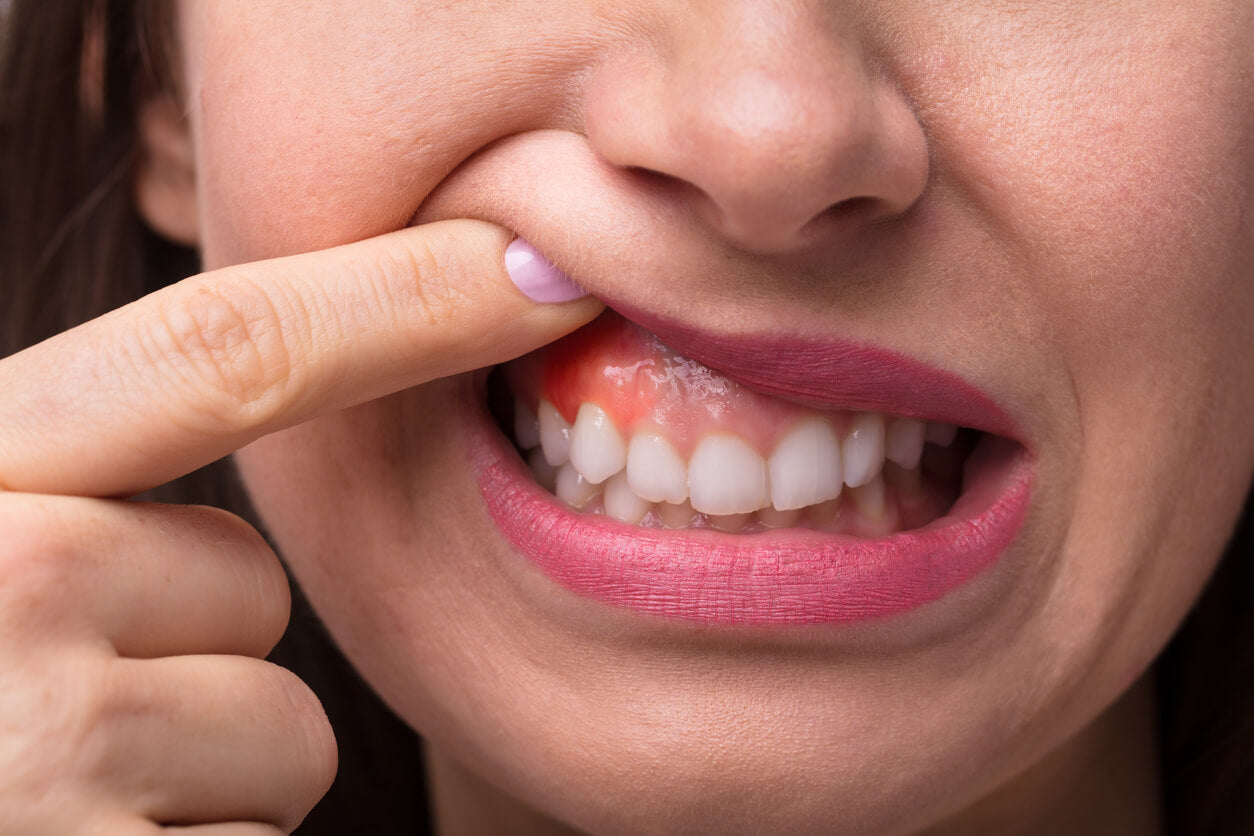
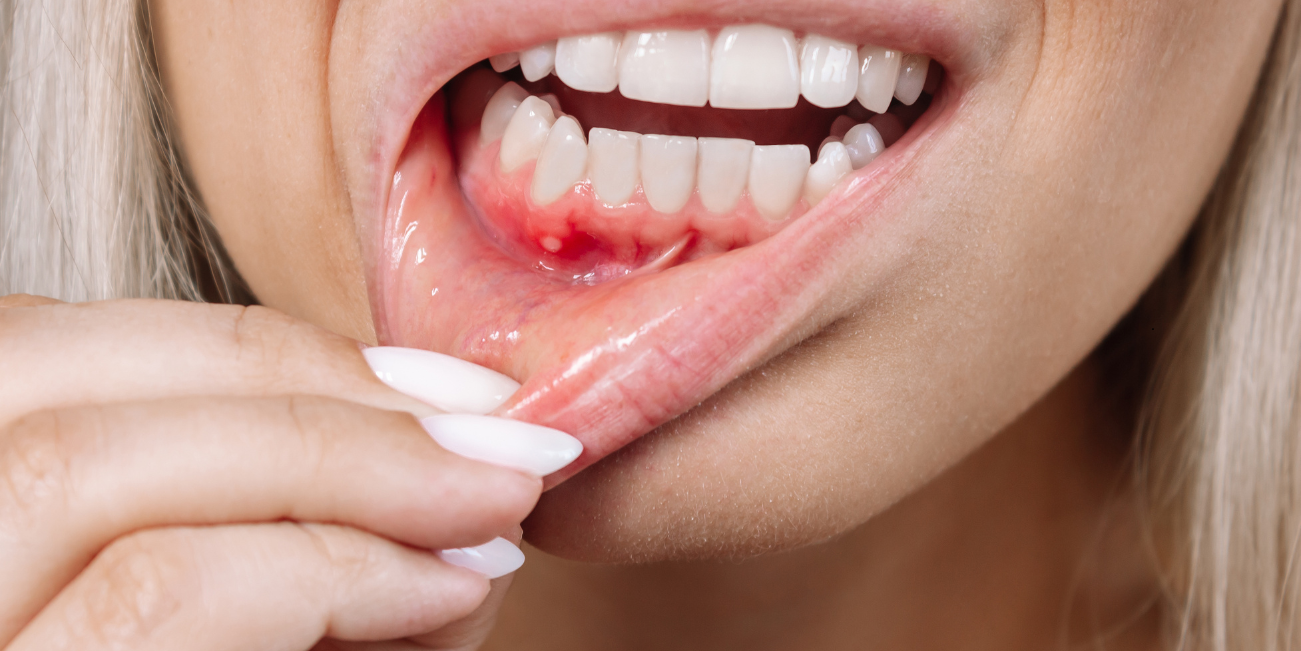
Ashley Campbell —
5